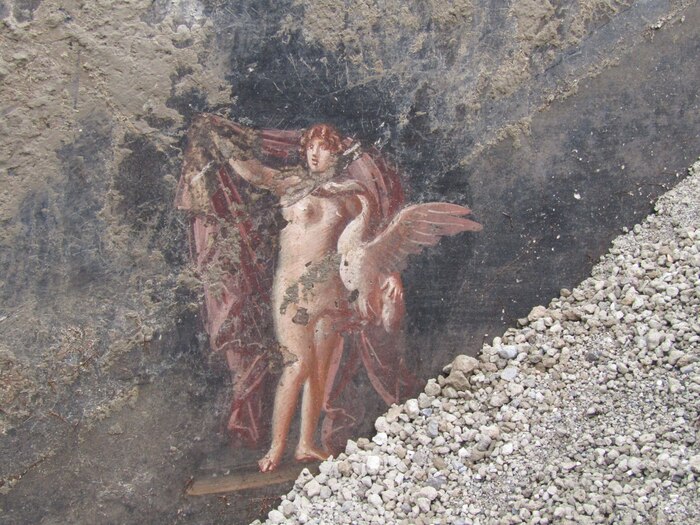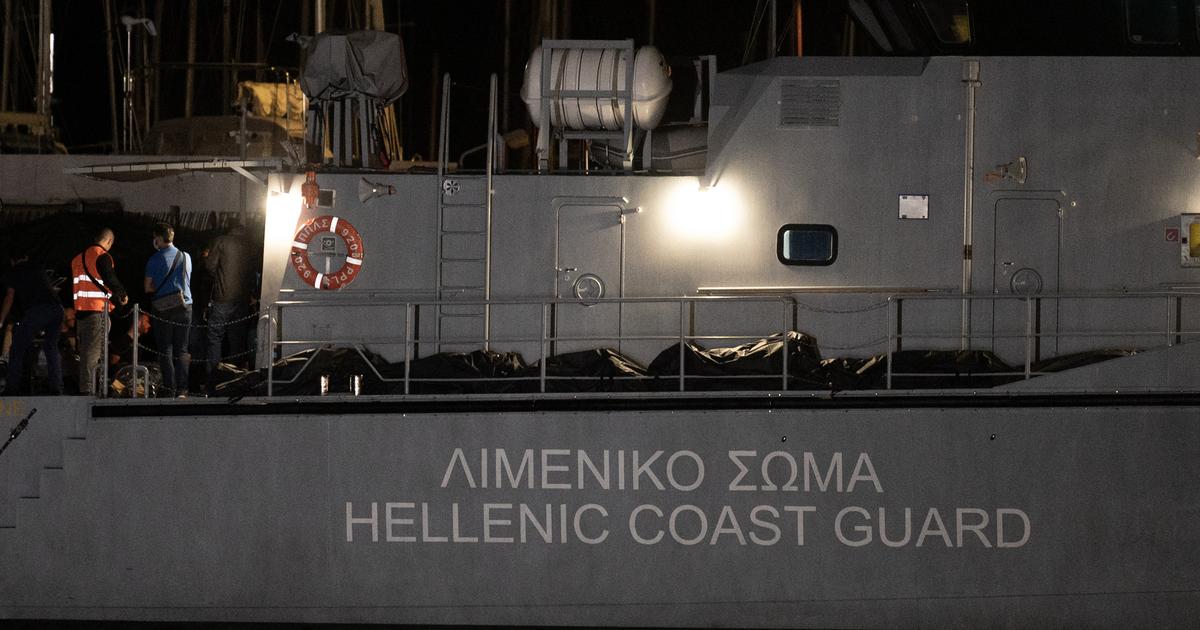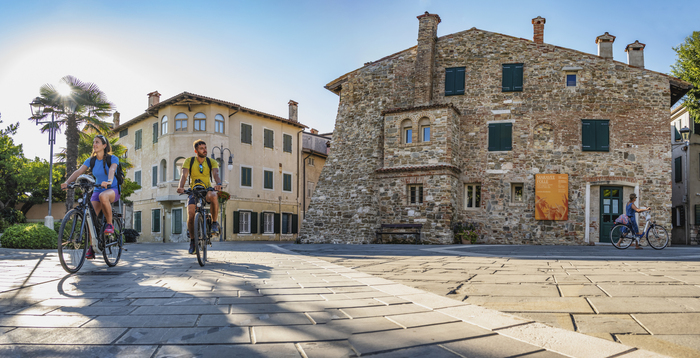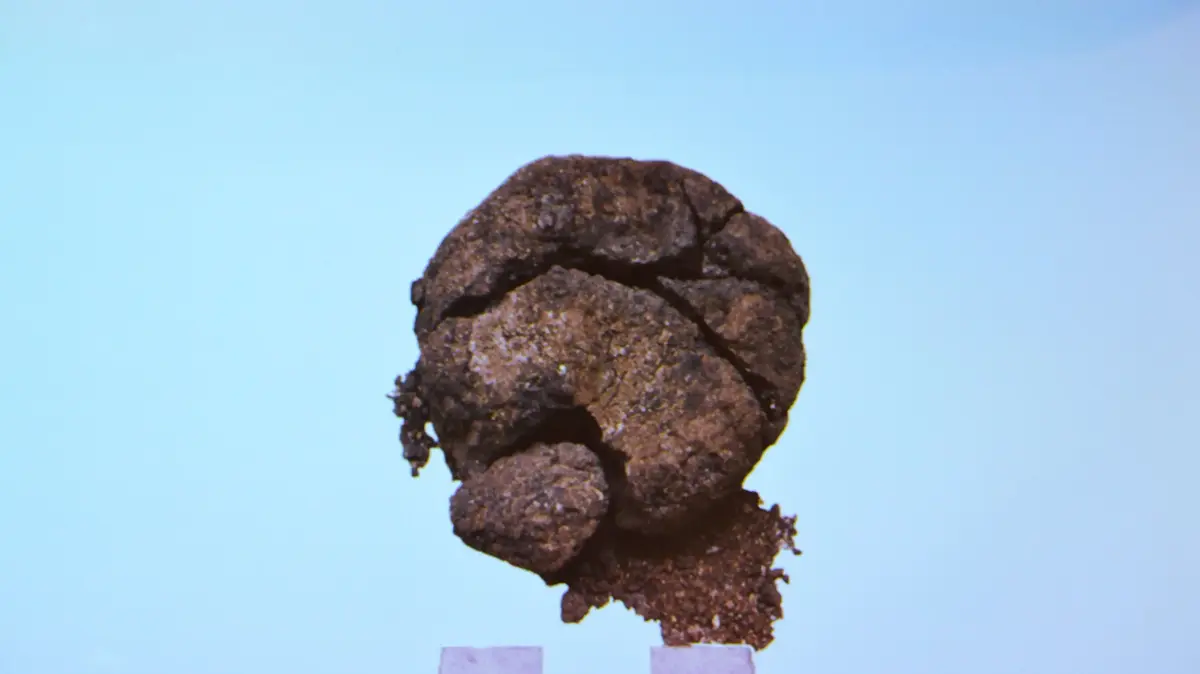The young Scotsman Hugh Pakenham Borthwick arrived on the island in 1912. Despite living since then on a spectacular archaeological site - possible remains of a monumental building, coins, a Roman settlement and Muslim evidence - he took nothing.
The islet, called del Fraile, rises 100 meters off the coast of the Murcian municipality of Águilas.
Conical in shape, it measures only 6.2 hectares and rises to a maximum height of 93 meters above sea level.
But its small extension is not incompatible with the mysterious historical richness that it contains and which even caught the attention of Carlos III, who sent an expedition that documented the
wall
that partially surrounds the island.
Who committed ten murders on the islet 2,000 years ago?
The experts - who qualify the site as
unicum
- have now designed a plan to extract its secrets from it and have even designed a retractable walkway to transport the personnel and materials to be studied.
Between last September and October, the Archeology Area of the University of Murcia (iArqUM Research Group) and the Archaeological Museum of Águilas have carried out the first excavations since 1979, when preliminary surveys were carried out and some Roman pieces were collected.
Now, the investigations point in another direction not incompatible with the past, but more surprising: an Islamic necropolis with a child burial has been found.
A little puzzle in the Mediterranean.
The name of the island comes from a degeneration of the word farallón, a high and sliced rock that protrudes from the sea, according to Alejandro Quevedo and Juan de Dios Hernández García, authors of the study
Archeology of late-ancient Hispania: a new research project in the Isla del Fraile (Águilas)
, which have just been published in the
Sagvntvm
magazine
of the University of Valencia.
The island, which since 1855 was owned by the State, had a quarry of láguena (a purple earth) that ended up passing in 1912 to the Scotsman Hugh Pakenham Borthwick.
There is hardly any information left about him, because he had no contact with anyone.
It is known, however, that he inhabited it with two servants and several dogs.
In 1920, for no apparent reason, he left the place, which was never occupied again.
Alejandro Quevedo, a researcher at the University of Murcia, says that Borthwick did not pay attention to the abundant archaeological materials that surrounded him, including a nearby Roman ship loaded with amphorae and lead ingots.
He was also not interested in the pools scattered around the island that were probably related to the capture of water resources.
And for whom did they collect water?
The answer seems obvious: for a village, a hypothesis that reinforces the finding of a bronze hook from Roman times, several millstones, a decorated marble piece ―interpreted as part of a column or a lintel― and a mosaic fragment in blue vitreous paste.
And now, according to the latest excavation, also an Almoravid or Almohad Muslim occupation as evidenced by a necropolis with seven bodies.
"It could, therefore, be a complex of stable character that would exceed the artisanal sphere related to the exploitation of products derived from the sea and fishing," explains Juan de Dios Hernández García, municipal archaeologist.
And the wall that surrounds the island?
The first existing reference to its construction corresponds to the lieutenant colonel of engineers Juan Escofet who, in 1773, interpreted it as “a fortification”, a wall.
It was built with masonry and marine erosion has deteriorated it.
Quevedo suspects, however, that it is not a wall itself, "but rather a powerful structure that facilitated urban development on the island."
At the moment, it has not been possible to accurately date its building or determine its exact function.
In the 1970s, various interventions collected numerous ceramic fragments that “carpeted” the island's surface, among which are fine ceramics and African transport containers.
Coming from the region that present-day Tunisia occupies, these materials show the close commercial connections with the North African coast.
Two fourth-century bronze coins from the reigns of Constantius II and Theodosius were also found.
Everything also appeared very close to the place where a “house burned and whose roof had collapsed, with fragmented tiles, burned and abundant coals, signs of a possible abrupt end of the occupation” stood.
The same violence that turned the contents of the warehouse of amphorae from the 5th century now found into hundreds of fragments, some of which still have fish remains attached.
Therefore, the authors of the study, after a first campaign carried out in September, urge to carry out new systematic excavations "to distinguish occupation patterns, clarify their chronology and document a material exposed to easy looting."
"The power of the deposit is still maintained, favored by its insular nature and by the dragging caused by torrential rains, which cover the remains due to the slope of the land," affirm Quevedo and Hernández.
The specialists recall that "the archaeological project will favor, therefore, the enhancement of the island without giving up the production of new scientific knowledge", which must be compatible with the environmental wealth of the area.
In 1968, the descendants of Borthwick claimed ownership of the islet, but this had already expired and the archaeological treasure thus passed into the hands of the State.
And now, from the scientists trying to complete the puzzle.















